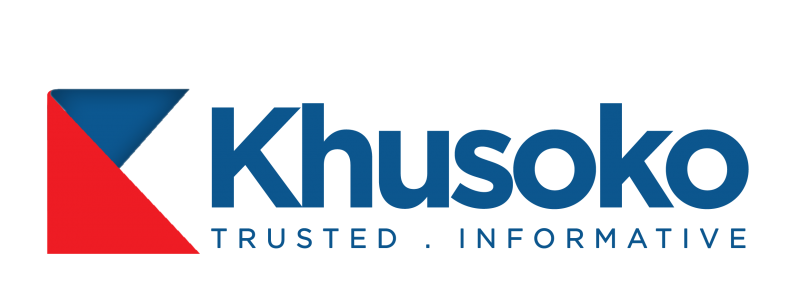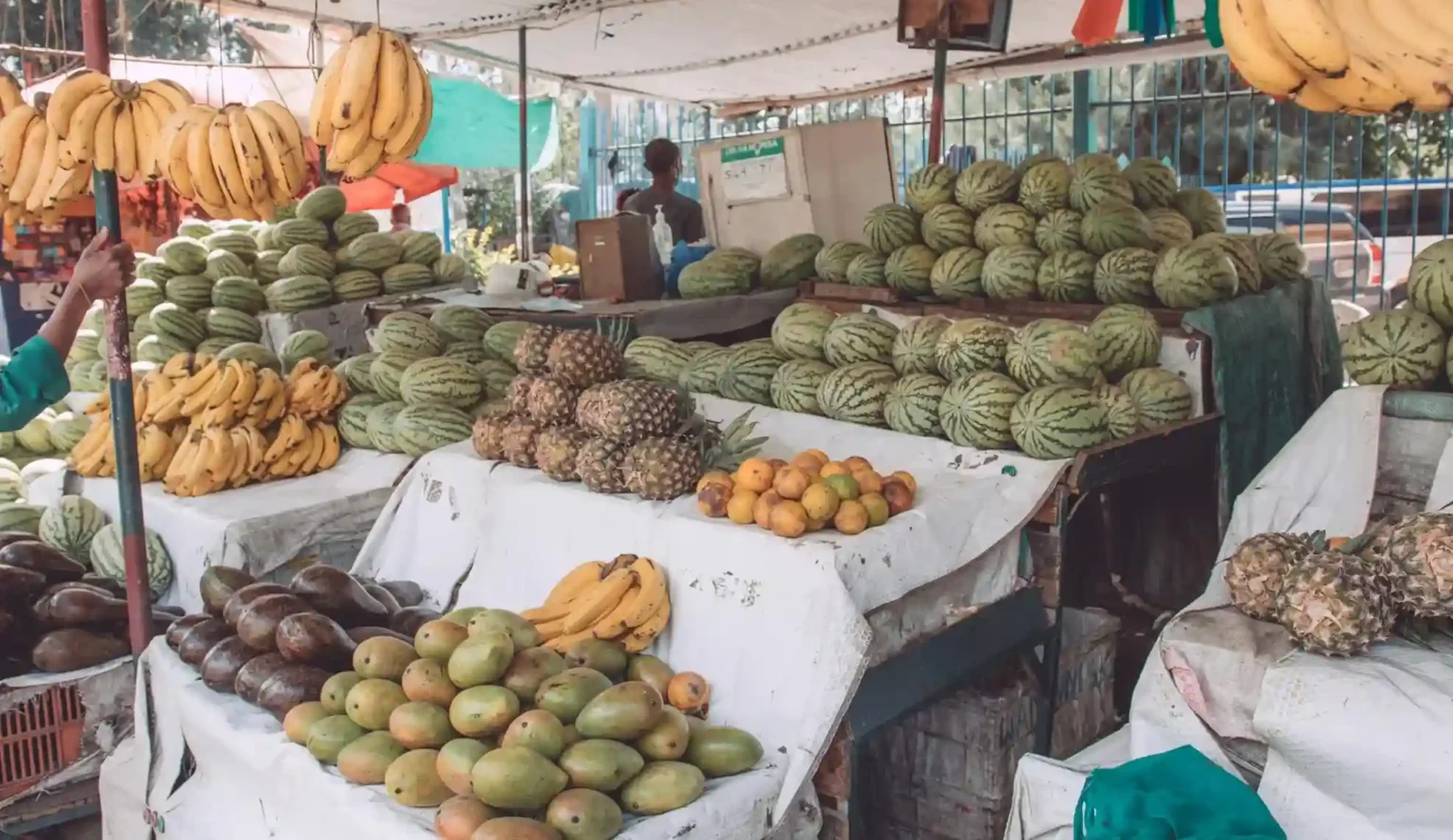Kenya’s inflation rate rose to 4.1% year-on-year in April, up from 3.6% in March, according to the Kenya National Bureau of Statistics (KNBS).
On a monthly basis, inflation was 0.3% in April. The annual rate reached an eight-month high due to tight supplies of food items, including maize, potatoes, and green vegetables, with consumer prices slightly below the Monetary Policy Committee’s 4.2% projection.
Key price increases included maize (2.9%), potatoes (4.0%), fortified maize flour (2.6%), sugar (0.7%), beef (0.3%), and tomatoes (1.2%).
Transport costs rose, with bus fares from Nairobi to Malindi up 22.2%, despite the Energy and Petroleum Regulatory Authority (EPRA) announcing reductions in fuel prices (super petrol at Ksh174.63, diesel at Ksh164.86, and kerosene at Ksh148.99 per litre).
Electricity costs for 50 kilowatt-hours increased by 3.8%, and refilling a 13 kg gas cylinder rose by 0.3%.
However, prices for wheat flour, spinach, kale, and cabbage fell by 2.2%, 2.3%, and 4.0%, respectively.
Inflation has risen steadily since a low of 2.7% in October but remains within the Central Bank of Kenya’s 2.5% to 7.5% target range.
Imported Commodities and Global Trends
-
Sugar and Wheat: Both commodities saw year-on-year price declines, with sugar and wheat falling by 3.7% and 10.8%, respectively, in local markets. The international sugar market is expected to remain in surplus, while wheat prices may rise due to tight global supply.
-
Cooking Oil: Prices are projected to edge up, with the World Bank forecasting a 6% year-on-year increase in the palm oil index, reflecting insufficient global production to replenish stocks.
Core Inflation and Outlook
Core inflation, which excludes volatile food and fuel prices, edged up from 2.2% in March to 2.5% in April, reflecting underlying price pressures from items such as cigarettes, maize flour, and cooking oil.
This gradual increase suggests a potential recovery in aggregate demand within the economy.
“Into the remainder of the second quarter, we expect headline inflation to remain within 5%. Although this is dependent on the outcomes from vegetable output in May. For imported commodities, expected price pressure from palm oil and wheat is likely to be offset by a decline in sugar and oil prices as well as the gains from stability in the local currency,” NCBA Research said in its Inflation Reaction – April 2025.
Key April 2025 Inflation Metrics
| Category | Year-on-Year Change | Month-on-Month Change |
| Overall Inflation Rate | 4.10% | 0.30% |
| Food & Non-Alcoholic Beverages | 7.10% | 0.40% |
| Transport | 2.30% | 0.50% |
| Housing, Water, Electricity, Gas & Fuels | 0.80% | 0.30% |
| Core Inflation | 2.50% | – |
Earlier in April, the central bank cut its policy interest rate for the fifth consecutive meeting to 10.0% to stimulate private sector lending.
The KNBS projects further price increases for maize, potatoes, and green vegetables in May.




